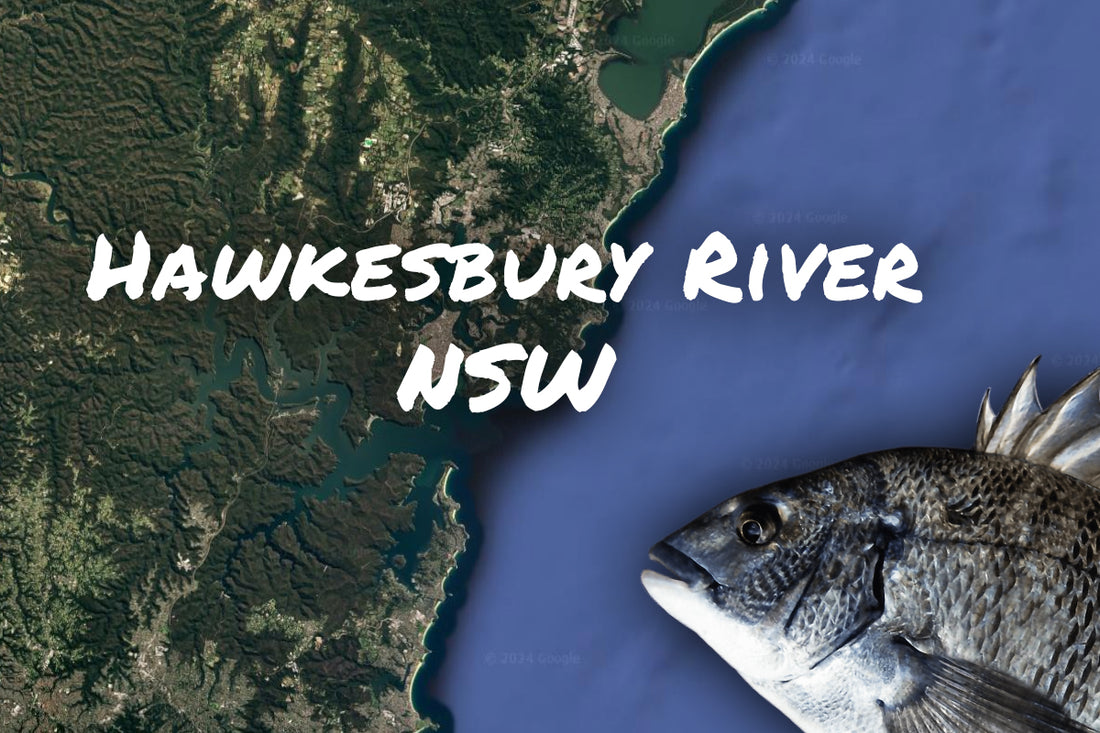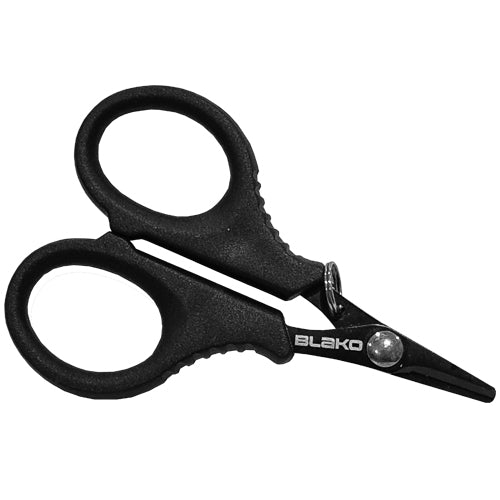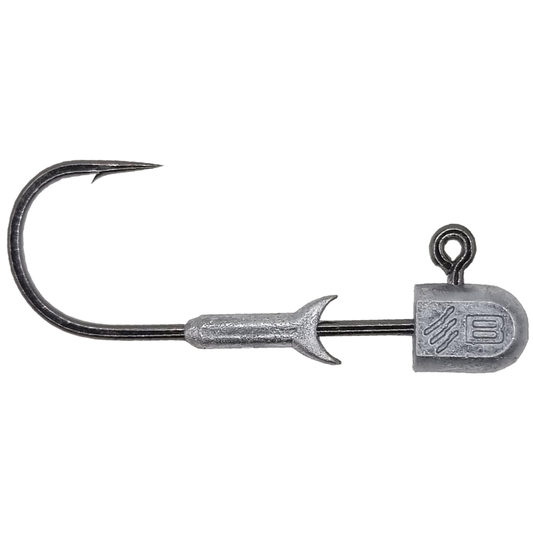
Bream Fishing Hawkesbury River
Share
Lure fishing for bream at the Hawkesbury River in New South Wales is a fantastic experience, drawing anglers to its expansive waters, rugged landscapes, and rich variety of fishing habitats. Known for its picturesque scenery and abundant fish population, the Hawkesbury River offers a complex network of tributaries, rock walls, submerged timber, and mangrove-lined banks that provide an ideal setting for bream to thrive. The Hawkesbury’s tidal influence and mix of fresh and saltwater create a productive ecosystem that supports both black and yellowfin bream, making it a prime spot for anglers targeting these species.
The Hawkesbury is known for its structure-heavy areas, and bream here are notorious for using that structure to their advantage. Rocky shorelines, oyster-covered rocks, bridge pylons, and man-made structures like wharves and jetties are all magnets for bream, which use these areas to feed on small crustaceans, shellfish, and baitfish. These conditions make it a perfect environment for lure fishing, as anglers can use a variety of lures to mimic the bream’s natural prey and trigger a strike. With its constantly changing tides and the bream’s wary behavior, the Hawkesbury provides both a challenge and a rewarding experience for anglers looking to test their skills.
Soft plastics are a favorite choice for bream anglers on the Hawkesbury, especially in areas with heavy structure and mangrove edges. Paddle tails, curl tails, and prawn imitations work well here, as they closely resemble the natural prey that bream feed on throughout the river. A light jighead rigged with a soft plastic allows for a slow, natural sink rate, making it easier to work the lure close to structure without spooking the fish. Casting close to rock walls, oyster racks, and around mangrove roots allows anglers to get their lures into the bream’s natural strike zone. Slow, gentle lifts and drops of the rod tip will mimic the movement of small prey, enticing bream out of their hiding spots.
Hard-bodied lures are also highly effective in the Hawkesbury, particularly around rock walls, bridge pylons, and jetties. Small crankbaits are perfect for working along these structures, as they imitate small fish or crustaceans bream commonly hunt. Running a shallow-diving crankbait along the edge of a rock wall or allowing a deeper-diving model to reach the base of a pylon can be highly effective. The Hawkesbury’s varying depths mean anglers can experiment with different diving depths to locate where bream are holding. A slow, steady retrieve with occasional pauses often triggers strikes, as bream tend to follow the lure and strike when it pauses or suspends.
Vibes, both soft and hard, are another excellent option, especially for fishing in deeper sections of the river or along channel drop-offs. Vibes create subtle vibrations that mimic the movements of distressed or injured baitfish, drawing bream from a distance. In the Hawkesbury’s deeper areas, letting the vibe sink close to the bottom and using small lifts to create a hopping motion can effectively draw out bream. This technique is particularly useful when fishing drop-offs or near bridge pylons, where bream may be holding in deeper water, waiting to ambush prey.
Surface lures are effective in the Hawkesbury, particularly in the early morning and late afternoon when bream are more likely to be feeding near the surface. The mangrove edges, shallow flats, and areas around oyster racks are prime spots for surface fishing. Small poppers and stickbaits work well here, as they create a disturbance on the surface that draws bream’s attention from below. A gentle popping or walking-the-dog action on the surface can imitate small baitfish or prawns, enticing bream to strike aggressively. Surface fishing is especially thrilling in the Hawkesbury, as bream often strike hard and fast, creating an exciting visual experience.
The tides play a significant role in fishing the Hawkesbury, as bream are known to move with the changing water levels. High tides can push bream into the shallower flats, mangrove edges, and rocky shorelines where they actively forage for food. On an outgoing tide, bream are more likely to pull back into deeper channels and hold close to structure. Fishing during tidal changes, when water movement stirs up food and attracts fish, can increase your chances of success. Low-light periods, such as dawn and dusk, are also ideal times for bream fishing, as fish are typically more active and less wary during these hours.
For best results, a light tackle setup is recommended for targeting bream on the Hawkesbury River. A 2-4 kg spinning rod paired with a 1000-2500 size reel is ideal, providing enough sensitivity to detect subtle bites while still allowing for precise casting around structure. Spooling with 6-10 lb braid and a 4-8 lb fluorocarbon leader provides a good balance of strength and invisibility. The fluorocarbon leader’s low visibility is crucial in the Hawkesbury’s often-clear water, and its abrasion resistance is beneficial when fishing around oyster-covered rocks, pylons, and other rough surfaces that bream tend to use for cover.
Patience and finesse are essential when fishing for bream on the Hawkesbury River, as these fish are known for being cautious and selective. It often takes multiple casts and slight adjustments to lure presentation to trigger a strike. Observing how bream respond to different retrieval styles and experimenting with various lures can help you dial in the right approach. Slow, subtle presentations usually work best, but sometimes a faster retrieve or a more aggressive lure action can be effective if the bream are feeding actively.
Fishing the Hawkesbury is a unique experience, as the river’s scenic surroundings and challenging conditions make each trip memorable. The rugged landscape, expansive mangrove forests, and ever-present tidal flow create a dynamic environment where bream thrive. Each cast offers the potential for an encounter with a powerful Hawkesbury bream, and the combination of structure, water clarity, and tidal influence keeps anglers on their toes. Whether you’re casting a soft plastic along a rock wall, twitching a crankbait near a bridge pylon, or working a surface lure in the early morning light, fishing for bream on the Hawkesbury is an exciting and rewarding experience.
Beyond the fishing itself, the Hawkesbury River is a beautiful and historic waterway, offering a deep sense of connection with nature. The lush, green surroundings, the mix of saltwater and fresh, and the diverse habitats make this river a special place for anglers. Bream fishing here is not only about catching fish but about immersing oneself in the natural beauty of the river and its wildlife. The thrill of hooking a bream in this rugged, scenic setting adds to the sense of adventure and satisfaction, making every trip to the Hawkesbury River a memorable one for bream anglers.
Whether you’re a seasoned angler or new to bream fishing, the Hawkesbury River has something to offer. Its challenging conditions, the variety of habitats, and the ever-changing tides make it a fantastic spot to test your skills and enjoy the sport. Each lure presentation, each adjustment in retrieval, and each cast around structure adds to the experience. The Hawkesbury is truly a gem in New South Wales, and it offers endless opportunities for anglers to explore, challenge themselves, and connect with the natural world.
The Hawkesbury is known for its structure-heavy areas, and bream here are notorious for using that structure to their advantage. Rocky shorelines, oyster-covered rocks, bridge pylons, and man-made structures like wharves and jetties are all magnets for bream, which use these areas to feed on small crustaceans, shellfish, and baitfish. These conditions make it a perfect environment for lure fishing, as anglers can use a variety of lures to mimic the bream’s natural prey and trigger a strike. With its constantly changing tides and the bream’s wary behavior, the Hawkesbury provides both a challenge and a rewarding experience for anglers looking to test their skills.
Soft plastics are a favorite choice for bream anglers on the Hawkesbury, especially in areas with heavy structure and mangrove edges. Paddle tails, curl tails, and prawn imitations work well here, as they closely resemble the natural prey that bream feed on throughout the river. A light jighead rigged with a soft plastic allows for a slow, natural sink rate, making it easier to work the lure close to structure without spooking the fish. Casting close to rock walls, oyster racks, and around mangrove roots allows anglers to get their lures into the bream’s natural strike zone. Slow, gentle lifts and drops of the rod tip will mimic the movement of small prey, enticing bream out of their hiding spots.
Hard-bodied lures are also highly effective in the Hawkesbury, particularly around rock walls, bridge pylons, and jetties. Small crankbaits are perfect for working along these structures, as they imitate small fish or crustaceans bream commonly hunt. Running a shallow-diving crankbait along the edge of a rock wall or allowing a deeper-diving model to reach the base of a pylon can be highly effective. The Hawkesbury’s varying depths mean anglers can experiment with different diving depths to locate where bream are holding. A slow, steady retrieve with occasional pauses often triggers strikes, as bream tend to follow the lure and strike when it pauses or suspends.
Vibes, both soft and hard, are another excellent option, especially for fishing in deeper sections of the river or along channel drop-offs. Vibes create subtle vibrations that mimic the movements of distressed or injured baitfish, drawing bream from a distance. In the Hawkesbury’s deeper areas, letting the vibe sink close to the bottom and using small lifts to create a hopping motion can effectively draw out bream. This technique is particularly useful when fishing drop-offs or near bridge pylons, where bream may be holding in deeper water, waiting to ambush prey.
Surface lures are effective in the Hawkesbury, particularly in the early morning and late afternoon when bream are more likely to be feeding near the surface. The mangrove edges, shallow flats, and areas around oyster racks are prime spots for surface fishing. Small poppers and stickbaits work well here, as they create a disturbance on the surface that draws bream’s attention from below. A gentle popping or walking-the-dog action on the surface can imitate small baitfish or prawns, enticing bream to strike aggressively. Surface fishing is especially thrilling in the Hawkesbury, as bream often strike hard and fast, creating an exciting visual experience.
The tides play a significant role in fishing the Hawkesbury, as bream are known to move with the changing water levels. High tides can push bream into the shallower flats, mangrove edges, and rocky shorelines where they actively forage for food. On an outgoing tide, bream are more likely to pull back into deeper channels and hold close to structure. Fishing during tidal changes, when water movement stirs up food and attracts fish, can increase your chances of success. Low-light periods, such as dawn and dusk, are also ideal times for bream fishing, as fish are typically more active and less wary during these hours.
For best results, a light tackle setup is recommended for targeting bream on the Hawkesbury River. A 2-4 kg spinning rod paired with a 1000-2500 size reel is ideal, providing enough sensitivity to detect subtle bites while still allowing for precise casting around structure. Spooling with 6-10 lb braid and a 4-8 lb fluorocarbon leader provides a good balance of strength and invisibility. The fluorocarbon leader’s low visibility is crucial in the Hawkesbury’s often-clear water, and its abrasion resistance is beneficial when fishing around oyster-covered rocks, pylons, and other rough surfaces that bream tend to use for cover.
Patience and finesse are essential when fishing for bream on the Hawkesbury River, as these fish are known for being cautious and selective. It often takes multiple casts and slight adjustments to lure presentation to trigger a strike. Observing how bream respond to different retrieval styles and experimenting with various lures can help you dial in the right approach. Slow, subtle presentations usually work best, but sometimes a faster retrieve or a more aggressive lure action can be effective if the bream are feeding actively.
Fishing the Hawkesbury is a unique experience, as the river’s scenic surroundings and challenging conditions make each trip memorable. The rugged landscape, expansive mangrove forests, and ever-present tidal flow create a dynamic environment where bream thrive. Each cast offers the potential for an encounter with a powerful Hawkesbury bream, and the combination of structure, water clarity, and tidal influence keeps anglers on their toes. Whether you’re casting a soft plastic along a rock wall, twitching a crankbait near a bridge pylon, or working a surface lure in the early morning light, fishing for bream on the Hawkesbury is an exciting and rewarding experience.
Beyond the fishing itself, the Hawkesbury River is a beautiful and historic waterway, offering a deep sense of connection with nature. The lush, green surroundings, the mix of saltwater and fresh, and the diverse habitats make this river a special place for anglers. Bream fishing here is not only about catching fish but about immersing oneself in the natural beauty of the river and its wildlife. The thrill of hooking a bream in this rugged, scenic setting adds to the sense of adventure and satisfaction, making every trip to the Hawkesbury River a memorable one for bream anglers.
Whether you’re a seasoned angler or new to bream fishing, the Hawkesbury River has something to offer. Its challenging conditions, the variety of habitats, and the ever-changing tides make it a fantastic spot to test your skills and enjoy the sport. Each lure presentation, each adjustment in retrieval, and each cast around structure adds to the experience. The Hawkesbury is truly a gem in New South Wales, and it offers endless opportunities for anglers to explore, challenge themselves, and connect with the natural world.







